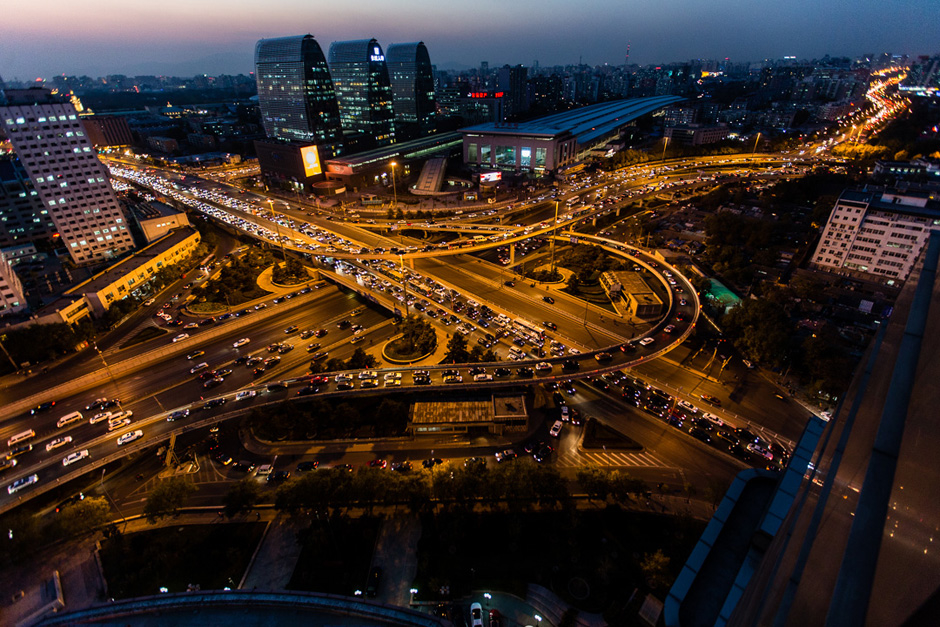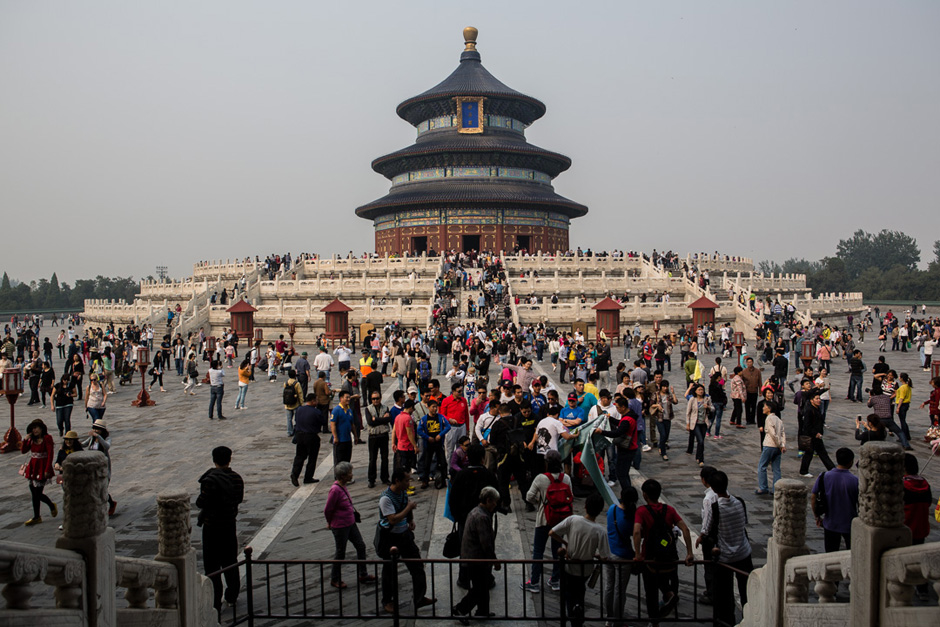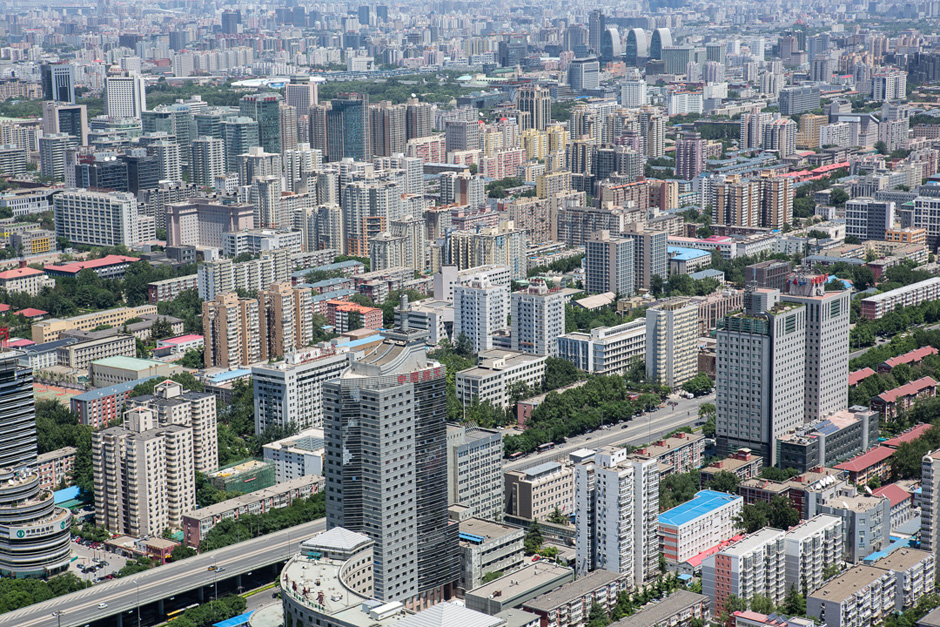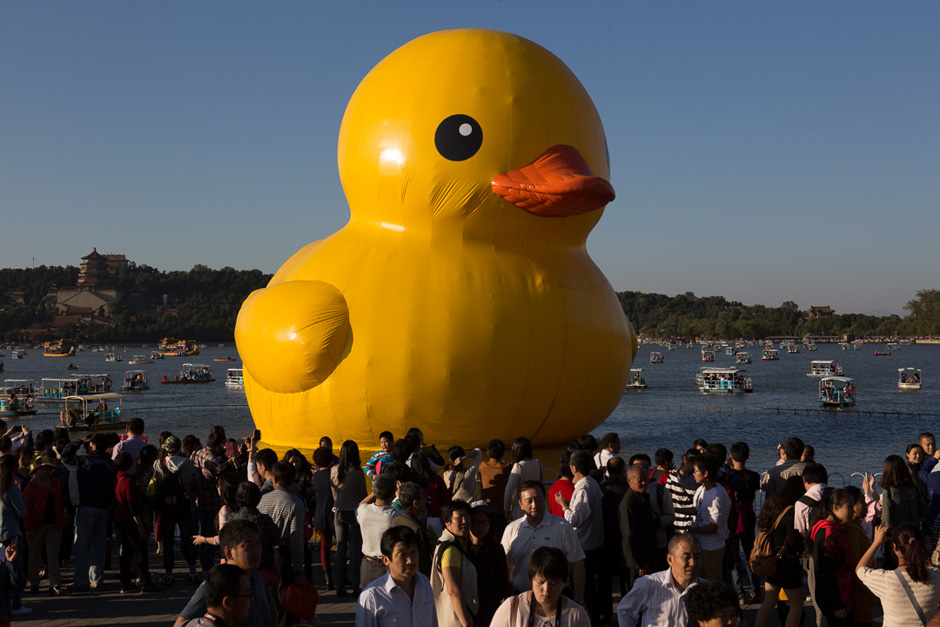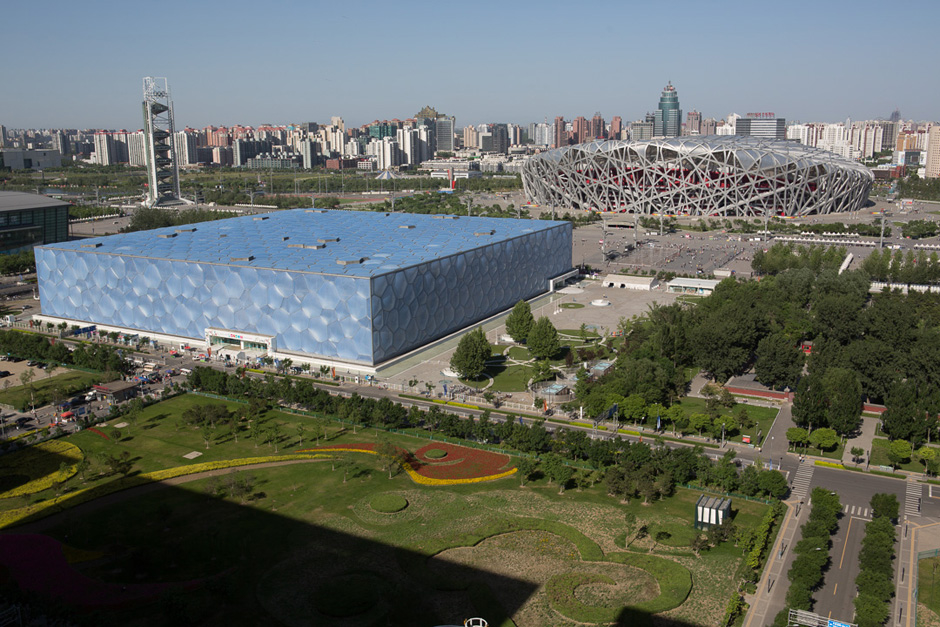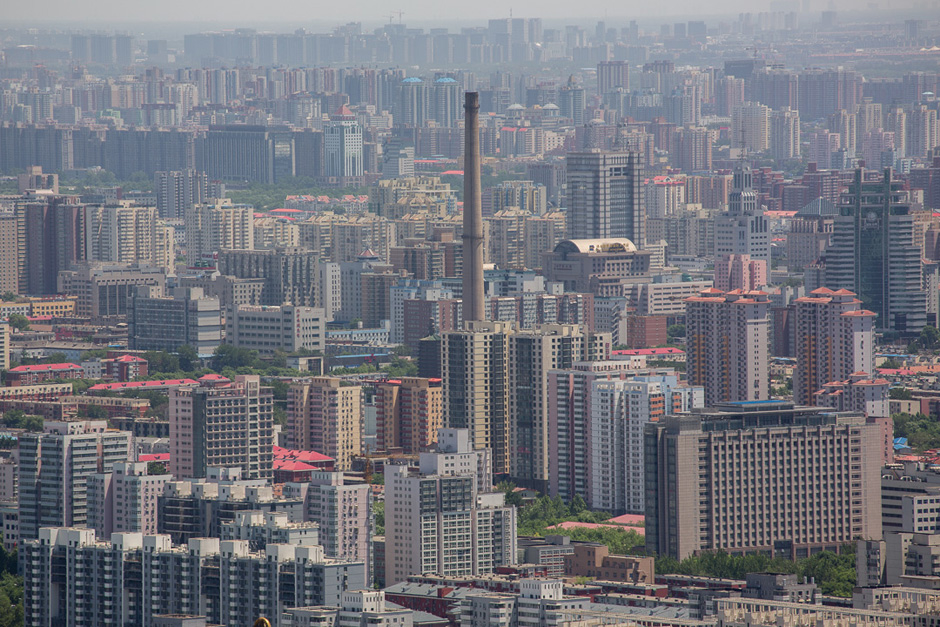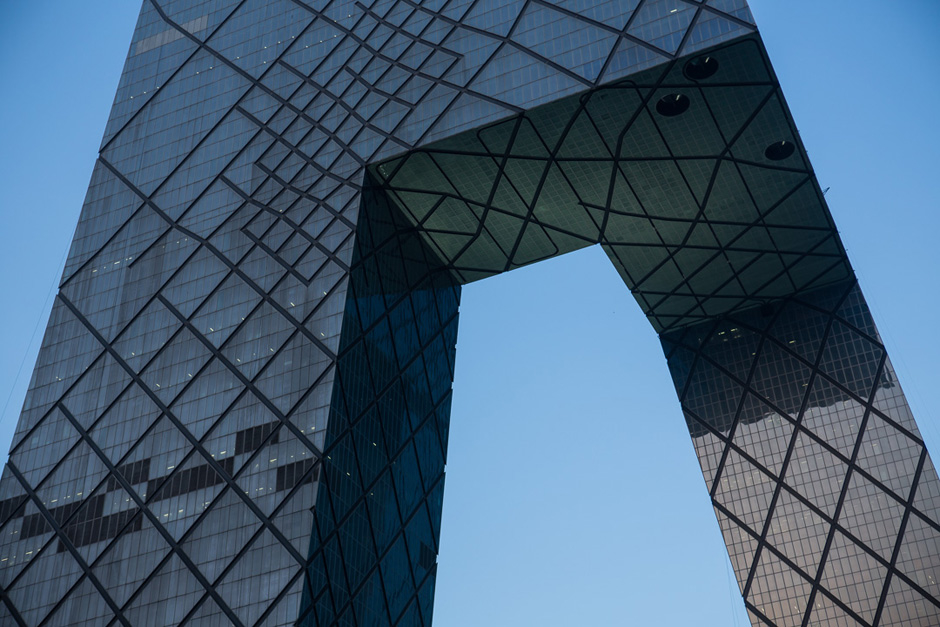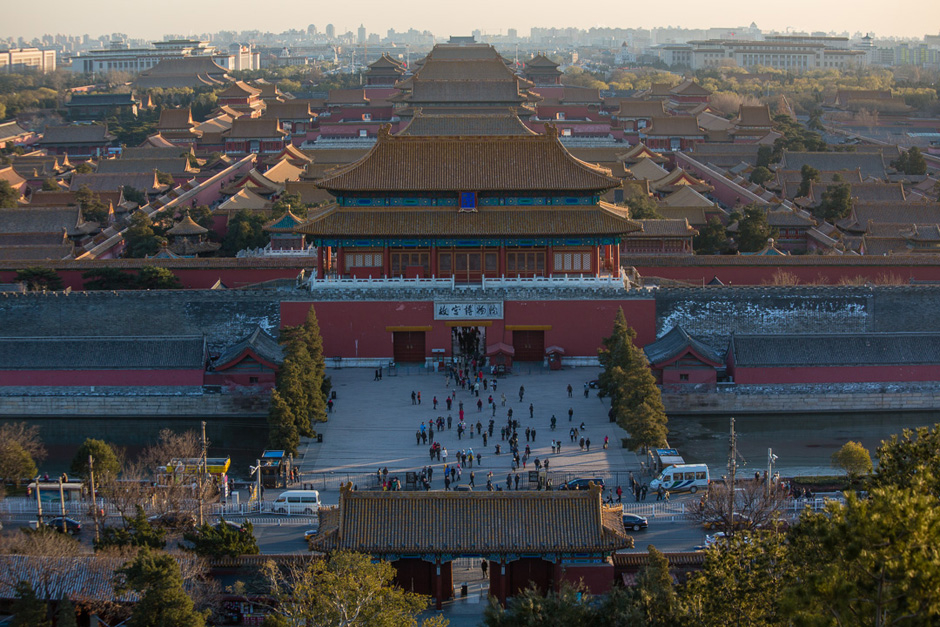Matthew Neiderhauser is a photographer and artist whose work is influenced by his studies in anthropology. He lived in Beijing for six years and recently returned to the United States. His pictorial book Sound Kapital, published in 2009, documented Beijing’s underground punk rock scene. His latest project is a film called Kapital Creation: A Beijing State of Mind, which explores the effects of urban redevelopment in Beijing.
As the film nears completion, ChinaFile’s David Barreda caught up with him to talk about the film, his move into filmmaking, and his decision to leave China.
Why the film is called "Kapital Creation?”
The name Kapital Creation plays upon a few themes within the film. It alludes to the creation of a new Beijing, the gleaming capital of a modern China. But in reality, Beijing is undergoing a dramatic change that is steadily destroying its past in order to build an uncertain future. So much of its cultural heritage is being lost through this process. What is especially tragic is that the past may also hold many of the solutions to the ill-conceived city planning currently being implemented. This process is also closely tied to creation of “kapital” itself in a Marxist sense and how the Chinese state tries to hold on to its communist roots.
Beijing’s breakneck urban development and the destruction of older parts of the city is a pretty familiar story. What do you think has changed about it over the period you have been covering it?
The limits to creativity and self-expression in Beijing are in constant flux, and I am talking to those people who are pushing to reformulate what it means to live in the city, both physically and socially. There is growing awareness that something has gone horribly awry with city planning. Quality of life is actually degrading despite efforts to turn the capital into a “modern” and “harmonious” metropolis. I think that Beijingers are starting to realize the need to dramatically rethink how to incorporate themselves into the urban fabric. The current trajectory is leading to widespread resource depletion, exponentially higher energy use, and fierce pollution. People are getting a bit restless and demanding more immediate change. There is mounting awareness of growing urban blight.
Do the people you’ve interviewed see it this way?
There is a lot of pessimism, of course, as many of the biggest decisions regarding city planning in Beijing have been implemented, but there are a lot of architects and artists who feel that the Beijing municipal government is opening up to public opinion and more imaginative proposals for city planning. Change is coming, and hopefully the dialogue will become less of an opaque process. Beijing is supposed to be setting a new precedent for the rest of the country, and if other cities follow suit, there could be disastrous consequences not only for China, but also the world. The country will be forced to lean on an already overburdened planet in order to sustain the sheer immensity of such growth. There is growing recognition for the need for immediate change.
We know you as a still photographer. What made you want to tell this story in a video format?
For the past six years I used photography to draw awareness to issues surrounding self expression and city planning in Beijing, but I feel the added dimensions of video really capture the complexity of the capital’s development and consequent effects on creative communities. It more clearly conveys the overwhelming visceral experience of Beijing. Using this format, Kapital Creation has the potential to reach a larger audience and weave together what many people might otherwise consider disparate elements in the evolution of a metropolis. The city comes alive through visual and narrative fugues that mash together sweeping urban landscapes, candid interviews, underground concerts, bustling street scenes, and studio visits, as well as historical and contemporaneous media footage. I am really enjoying the new possibilities of storytelling using video.
What surprised you the most when you were reporting for the film?
The biggest surprises came from the large spectrum of responses regarding the destruction of hutongs and the remaining vestiges of Beijing's imperial past. Many still consider the old courtyards within the second ring road as too ramshackle and meant for the wrecking ball, while others see them as a vital part of their cultural heritage meant for preservation. It’s a very complicated issue, but I tend to agree with the later. If the Beijing municipal government hadn’t let them fall into such great disrepair in the first place, the hutongs could still be very viable urban living habitats. All the same, no one is particularly impressed with current city planning. The traffic jams and endless blocks of high-rises hold little appeal. That was the greatest surprise, in some sense. Otherwise, I am really building a story based on my relationships with artists, musicians, architects, and writers I knew and met over the past six years. Beijing is such a particular and wonderful place. I really felt the weight of history there, and I am trying to draw it out through the people who have amazing ideas on how to right its course.
How did you get interested in China?
My interest in China emerged in high school. I almost randomly decided to take Mandarin as my foreign language elective, where I was greatly inspired by my teacher’s dramatic background during the Cultural Revolution. He introduced me to China’s expansive history and philosophical traditions. After high school, I spent a year living with a host family in Beijing before commencing my studies in the East Asian Languages and Cultures department at Columbia University. This led to many more trips across Asia and my thesis on urban development and cultural tourism in Tibet. After graduating, I split time researching for the National Committee on U.S.-China Relations and assistant teaching at the International Center of Photography before returning to China to commit myself to documentary projects and other creative outlets. Since then, my work covering youth culture and urban development in China has appeared in The New Yorker, National Geographic, Wired, The Guardian, The New York Times Magazine, Foreign Policy, and TIME magazine, amongst many others. Right now, I am spending more time in the United States, but I will continue to visit every year to document the ongoing socioeconomic changes. I feel my fate is bound to China no matter where I make my home.
You left Beijing last December to relocate to New York City. Why did you decide to leave?
I left Beijing this Christmas after six years in the capital. I just wasn’t photographing and filming there on a day-to-day basis anymore. Most of my work was taking me to second-tier cities and other odd sites around the country. I will be returning to China a few times a year to follow up on projects, but I don’t need to spend the bulk of my time there anymore. I need to be visually recharged. I am excited to be back in the United States to focus on issues here, but I will never stop watching China.




